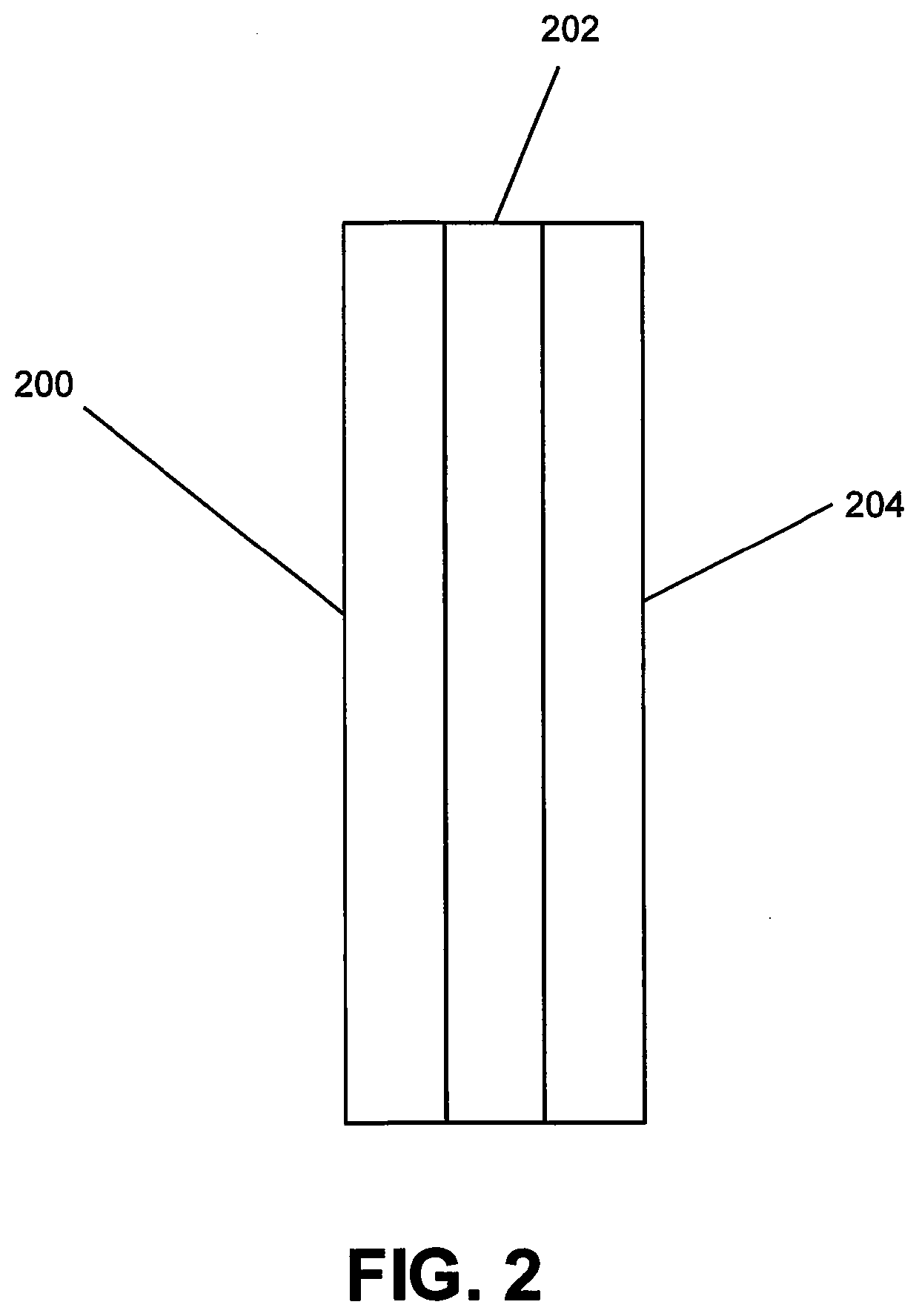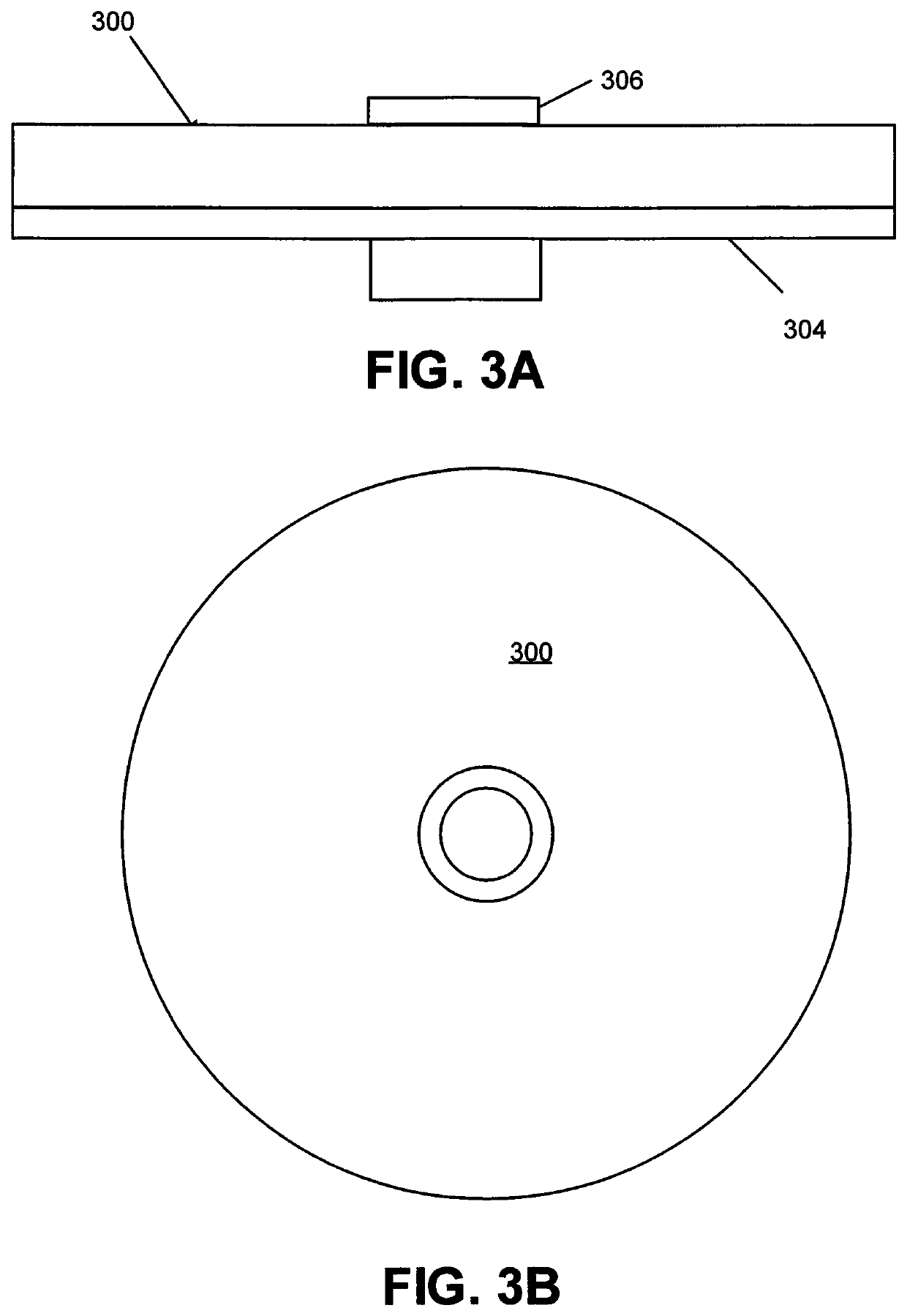Air metal battery having a rotating anode and a cathode assembly
- Summary
- Abstract
- Description
- Claims
- Application Information
AI Technical Summary
Benefits of technology
Problems solved by technology
Method used
Image
Examples
Embodiment Construction
[0035]The present disclosure pertains to a metal air battery that provides for complete, rapid shutdown of power without parasitic corrosion and production of dangerous hydrogen gas as described above. This disclosure also provides for the rapid restart to full power and production of constant power output throughout the consumption of the metal anode. Some embodiments of the disclosed air battery provide for a low cost metal anode configuration that does not need high integrity edge seals and that can be automatically loaded into the metal air battery system for the purposes of extended operation.
[0036]As shown in FIG. 3A and FIG. 3B, an anode disc 300 is shown configured to provide solutions to many conventional problems experienced by conventional air batteries. The anode disc 300 may be comprised of metal (e.g. aluminum) bonded to a plastic mounting bracket 304 of the same diameter as the anode disc 300. See FIG. 3A (side view) and FIG. 3B (top view). The plastic mounting bracke...
PUM
 Login to view more
Login to view more Abstract
Description
Claims
Application Information
 Login to view more
Login to view more - R&D Engineer
- R&D Manager
- IP Professional
- Industry Leading Data Capabilities
- Powerful AI technology
- Patent DNA Extraction
Browse by: Latest US Patents, China's latest patents, Technical Efficacy Thesaurus, Application Domain, Technology Topic.
© 2024 PatSnap. All rights reserved.Legal|Privacy policy|Modern Slavery Act Transparency Statement|Sitemap



